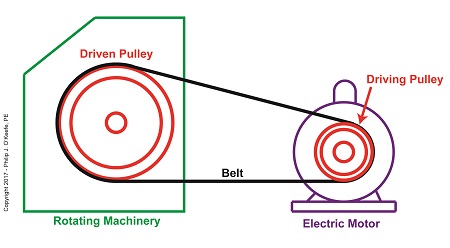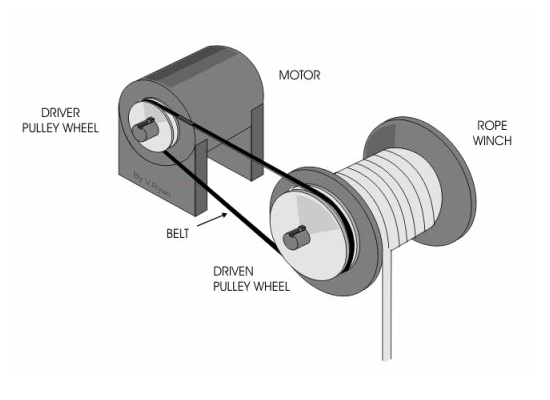Roads & PavementRoads & Pavement
Barefoot
Minimal
Low
Medium
High
Maximal
All around running shoes offer comfort and cushioning for daily runs, jogs, walks, and long mileage. They offer enough versatility for both faster and slower runs and are a great option for those who want one running shoe to do it all.
Fast run or uptempo running shoes are lightweight and responsive. They offer streamlined designs that have minimal uppers and offer a high level of energy return. These shoes are a great option for faster runs in the week or those looking for a livelier experience.
Max Cushion shoes offer premium cushioning with ample ground protection and a stable ride. These types of shoes provide abundant impact protection that softens landings while running at any pace or distance. These types of shoes are best for slower recovery runs and easy days where comfort takes priority.
Racing shoes are designed with optimal performance in mind. These types of shoes have snug-fitting uppers, energetic midsole foams, and features implemented for maximum efficiency. These types of shoes are best for runners looking to gain the ultimate advantage in races but may sacrifice some durability and comfort.
Gym Workout shoes offer a stable and versatile ride. They have a firmer underfoot feeling that provides stability for lateral movements with comfortable uppers. These types of shoes are best for trips to the gyms, cross training, casual wear, and light running. The Difference Between Driven and Driving Pulleys Engineering
Road running shoes feature smooth outsoles that are designed for running on paved surfaces such as roads, sidewalks, and bike paths.
Designed to handle most trail runs, these shoes prioritize comfort and a smooth ride. These shoes are great for anything from smooth singletrack, park trails, and fireroads making them ideal for those who run from their doorstep on streets before hitting the trail.
These shoes are best used for hard, rugged trails such as shale, granite or sandstone where grip on smooth surfaces and underfoot protection are important.
Designed for use in muddy, soggy conditions, these shoes feature very aggressive outsoles that dig deep into soft ground for exceptional traction.
These shoes feature technical outsoles designed to grip snowy and icy trails making them ideal for winter trail running.
Cushioning level, or stack height, refers to how much shoe is between your foot and the ground. For this category, we reference the amount of cushioning below the forefoot as the heel height will be equal to or greater than the forefoot height.
What is the difference between a driver pulley and a driven pulley
0-13mm. The Shoe generally does not have a midsole and feels like there is no cushioning. This shoe is all about feeling the ground underfoot.
14-18mm. The shoe has a thin midsole that allows for a natural running experience. Racing shoes and minimalist shoes are common here. These shoes offer a feeling of being connected to the road or trail.
19-23mm. The shoe has a slightly cushioned feel and may feature added cushioning technologies. Performance training shoes and some trail shoes are common here. These offer protection during footstrike but prioritize a lightweight, grounded experience.
24-28mm. These shoes have a stack height that fall near the middle of the spectrum.The shoes in this category are verstaile and great for all types of runs and distances.
29-34mm. The shoe has a thick midsole and ample cushioning. These shoes are highly protective and absorb more impact than the body.
35mm plus. The shoe has an extremely thick midsole and extra cushioning. The focus is on protection and soft foam underfoot with hardly any ground feel.
Neutral shoes support the foot through a normal range of arch collapse and generally do not have a built-in technology to correct movement.
Stability shoes are a great option for those who overpronate or need added support. These shoes help to limit the inward rolling motion of the ankle while running or walking and assist in guiding the foot straight through the gait cycle. Pulley Systems 1
Product Details:
What is a Drive Pulley sale, FINAL BELT DRIVE PULLEYS Zodiac sale, Conveyors Drive Components Drive Pulley Set MISUMI MISUMI MEXICO sale, Machine Design LESSON 19 BELTS sale, Slippage of the belt in belt drives tec science sale, Pulley Systems Reversing Rotation sale, Speed Selector Engineering Tutorial An Introduction to Variable sale, Design of Belt Drives With Pulley Theory By Prof. Sagar A. Dhotare sale, Differences between Open Belt Drive and Cross Belt Drive sale, Mechanisms Pulleys sale, Category Pulleys DT Online sale, What are the Types of Flat Belt Drives ExtruDesign Machine sale, Introduction to Belt Drive MechBix A Complete Mechanical Library sale, Solved Problem 1 Two pulleys belt drive system is Chegg sale, Schematic drawing of an open drive with two pulley of the same sale, Krupa Enterprise Mild Steel Belt Drive Timing Pulley For Lifting sale, How to account for belt and pulley inertia during system design sale, Difference Between Open Belt Drive and Cross Belt Drive Notes PDF sale, Head Drive Pulley Joyroll sale, Belt Drive Speed Calculation Pulley And Belt Drive System sale, Fixed Center Distance Drives Summary Hi Lo Manufacturing sale, How to Calculate and Solve for r.p.m of Driven Pulley Pulley sale, Belt Drives Types of Belts Fractory sale, What is Flat Belt Drive Its Advantages and Disadvantages sale, Pulley Diameter Determines Speed Engineering Expert Witness Blog sale, Difference Between Open Belt Drive and Cross Belt Drive sale, Solved Level 2 Pulley Solve the following Pully P Belt Chegg sale, Open Belt Drive Belt drive Driving Belt sale, What is a Drive Pulley sale, Pulley Systems Velocity Ratio 3 sale, Reliability and Availability Models of Belt Drive Systems sale, What is meant by a driven pulley and a driving pulley Quora sale, Round Belt Pulleys Selection Guide Types Features Applications sale, What is a Drive Pulley sale, How does a belt drive work tec science sale, Pulley Speed Ratio AIMS Industrial sale, What is meant by a driven pulley and a driving pulley Quora sale, What is Belt Drives Type Advantages and Disadvantages sale, a A two pulley belt drive. b Free body diagrams of the belt on sale, How to Calculate and Solve for Diameter of Driver Pulley Pulley sale, Mechanisms Pulleys sale, A Pulley Speed Ratio Formula Application Engineering Expert sale, Belts Pulley Diameters vs. Speed sale, What is Belt Drives Type Advantages and Disadvantages sale, How does a belt drive work tec science sale, Basic belt driving mechanism Download Scientific Diagram sale, Pulley Systems Velocity Ratio 1 sale, Pulley Systems 1 sale, What is the difference between a driver pulley and a driven pulley sale, The Difference Between Driven and Driving Pulleys Engineering sale, Product Info:
Driver and driven pulley sale.
- Increased inherent stability
- Smooth transitions
- All day comfort
Model Number: SKU#7351549




